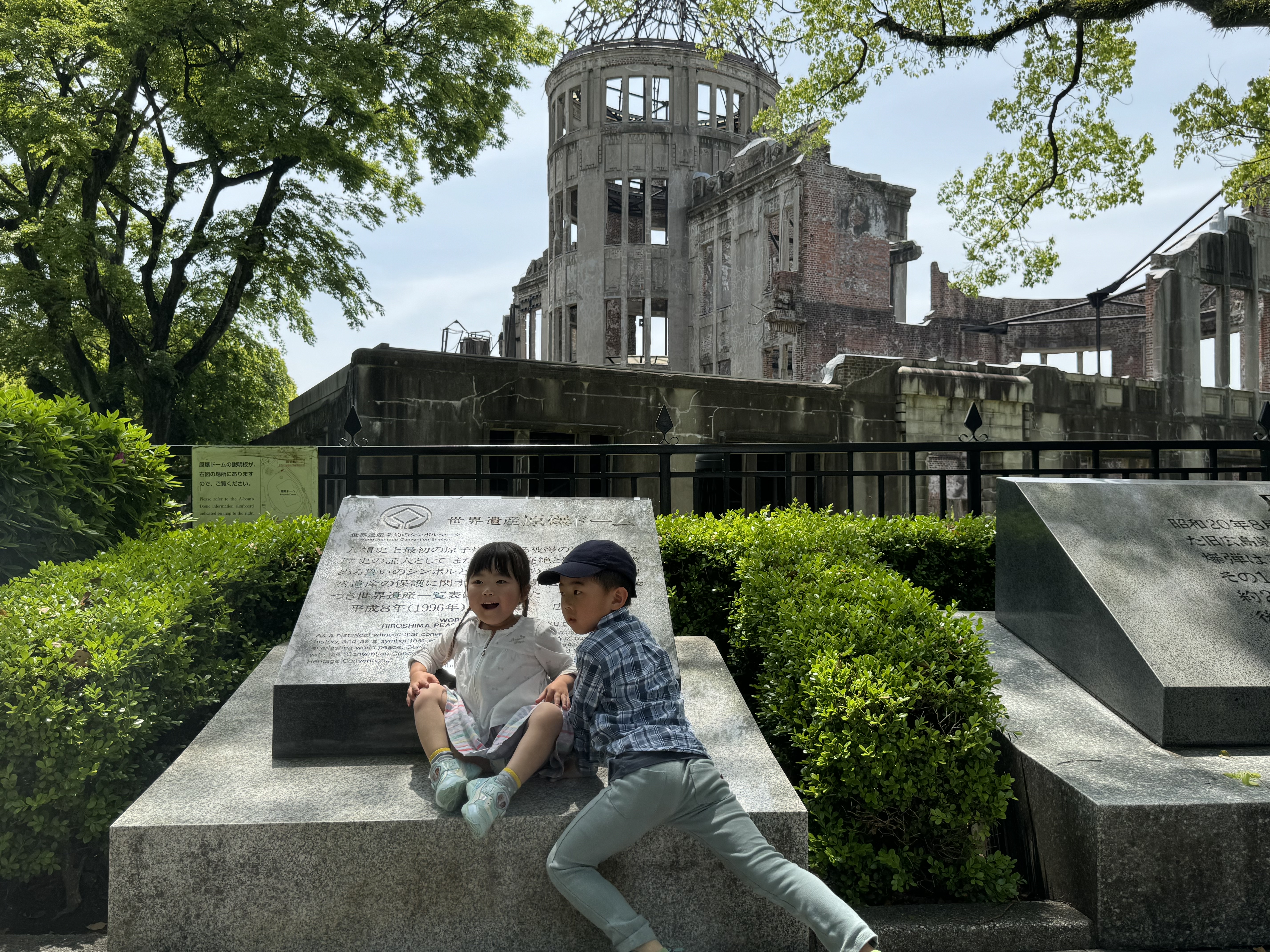It seems like such a simple idea: a day to honor the women who bring life into the world. But how do we square the ideal of celebrating and supporting mothers with the reality of how lawmakers and courts have acted to undermine maternal health and rights in the post-Dobbs era? Or make sense of all the money Americans spend annually on this one day—a purported $33.5 billion in 2024, according to the National Federation of Retailers, including $7 billion on jewelry and $3.2 billion on flowers—when so many mothers can’t afford food, housing, or health care?
Anna Jarvis, who launched the Mother’s Day movement in 1908 in honor of her own remarkable mother, would have had very complicated feelings about what the day has become, says Katharine Lane Antolini, associate professor of American history at West Virginia Wesleyan College and author of Memorializing Motherhood: Anna Jarvis and the Struggle for Control of Mother’s Day. Jarvis’s vision was childlike in its sentimentality, Antolini says: “To her, this was supposed to be the one day out of the year when you were just grateful for your mother.” But there was nothing sentimental about the way she fought to preserve that vision, whether she was battling the floral industry, Big Candy, or well-intentioned maternal health charities and the powerful people who supported them. I spoke with Antolini from her campus office in Buckhannon, West Virginia, about 40 minutes from the International Mother’s Day Shrine and Jarvis’s childhood home.
How did the idea of a day to honor mothers become such a focus of Anna Jarvis’ life?
The story of Mother’s Day really goes back to her mother, Ann Reeves Jarvis, who was a well-known social activist and community organizer during her time. They lived in the part of Virginia that split off during the Civil War to become West Virginia, part of the Union. Mrs. Jarvis had 13 children, only four of whom lived to adulthood. Anna, who was born in 1864, was the oldest surviving daughter. She never married or had children. She was never a mother herself. And that, I think, is an important part of her story.
In the 1850s, before Anna was born, it was very common for mothers in this part of Appalachia to die in childbirth and for babies to die. Poor sanitation was a major cause of death. Mrs. Jarvis organized what she called Mothers’ Day Work Clubs, where women would come together to educate themselves on issues of sanitation: what to do with sewage, where to put your outhouse so it wouldn’t contaminate your water supply or the milk from your cows. If there was a mini epidemic, they would help quarantine a family, bring them food, and help care for the sick. Mrs. Jarvis believed in a proactive kind of motherhood—in the book, I refer to it as “social motherhood,” where being a mother does not just mean taking care of your own children. You are caring for your community of children. By the time of the Civil War, these clubs were so well known that, according to local legend, a Union colonel asked Mrs. Jarvis if she could help the Union camps stop the outbreaks of disease that were killing so many soldiers. So, according to the story, Mrs. Jarvis organized mothers to help care for and stop the spread of diseases in the camps.
Copyright
© Mother Jones





